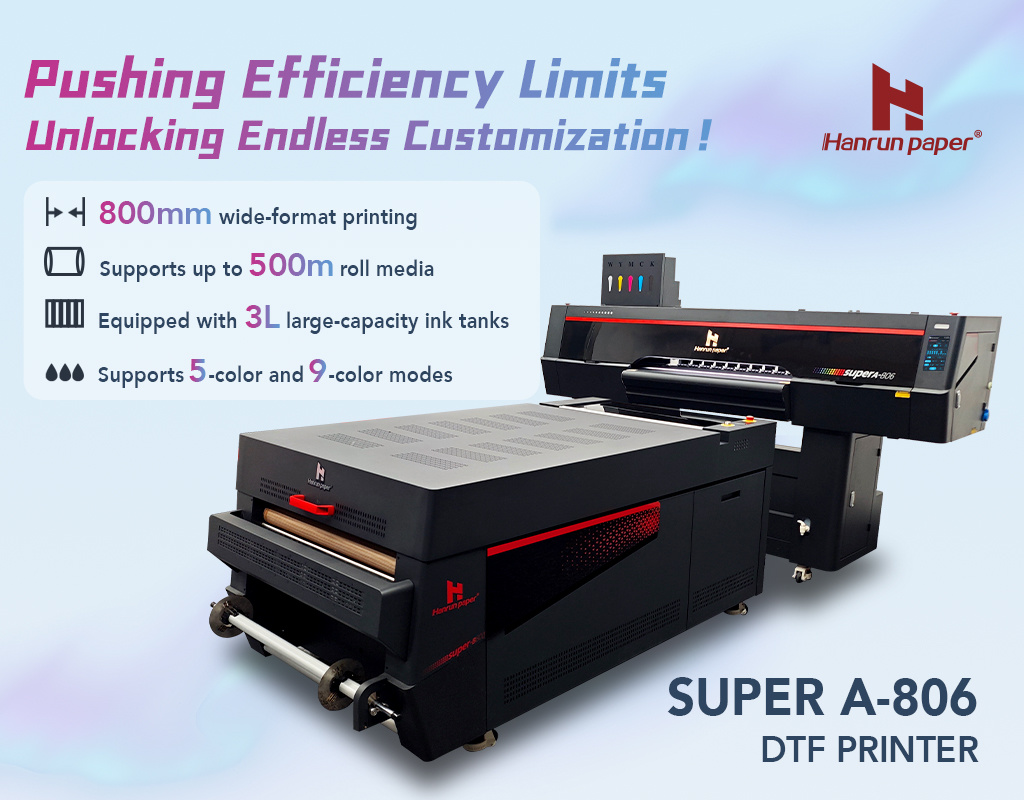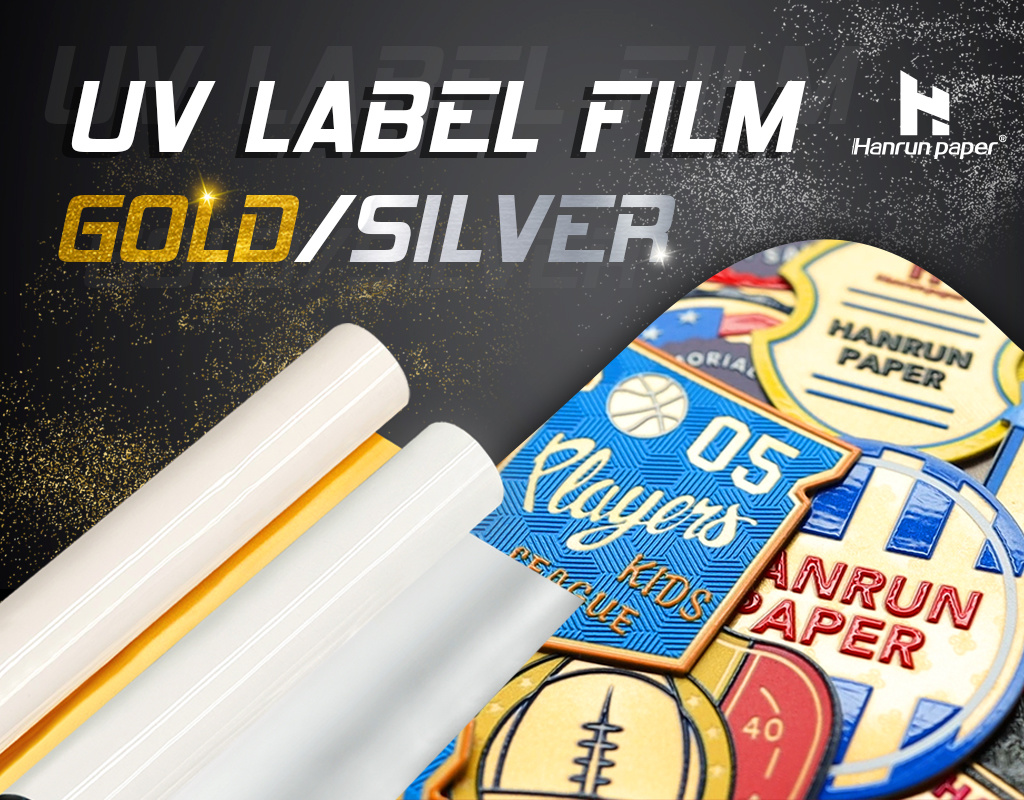DTF Powder Selection Guide for Reliable Print Quality
In DTF printing, many users encounter issues such as weak adhesion, fading after washing, glue bleeding, or white show-through on dark garments. These problems are often not caused by the printer or ink but by a critical material that is frequently overlooked—DTF hot melt powder (DTF powder / DTF hot melt adhesive powder).
Choosing the correct powder affects far more than adhesion. It directly determines hand feel, wash durability, detail clarity, and the overall stability of mass production. This guide focuses on real-world use cases, helping you determine which type of powder is suitable for each production scenario and explaining the reasons behind each choice.
Start with the Fabric Type: Different Textiles Require Different Powder Granularities
The particle size of DTF powder is the first factor to consider. Since different fabrics have different weave structures, the powder must penetrate the fiber gaps during heating and form a strong adhesive layer. If the powder granularity does not match the fabric, the result may include weak bonding, rough edges, stiff prints, or uneven adhesion.
Fine and Lightweight Fabrics → Choose Fine DTF Powder (0–80 μm)
Recommended fabrics: lightweight cotton, bamboo fiber, silk blends, children's apparel, small washing labels
Use cases: detailed graphics, small text, small icons, premium garment labels
DTF fine powder has smaller particles that can cover the edges of the print more uniformly and form a thinner, softer adhesive layer. Its excellent flowability during heating allows it to fill tiny gaps naturally, preventing frayed edges, glue bleeding, or clumping. For ultra-fine details, fine powder ensures clarity and a smooth hand feel.
Regular Cotton, Polyester, Hoodies → Choose Medium DTF Powder (80–170 μm)
Recommended fabrics: T-shirts, hoodies, sportswear, tote bags
Use cases: general graphics, medium lines, most daily production needs
DTF medium powder offers a balanced particle size that provides strong adhesion, good softness, and solid wash resistance. It forms a stable adhesive layer without making the print overly thick or stiff. As the most versatile and stable powder type, medium powder is widely used in production to reduce rework and ensure consistency across different jobs.
Rough or Heavy Fabrics → Choose Coarse DTF Powder (150–250 μm)
Recommended fabrics: denim, canvas, cotton–linen blends, workwear materials
Use cases: work uniforms, canvas bags, denim jackets
DTF coarse powder has larger particles that can effectively fill deep textures and large fiber gaps in heavy or rough materials. If fine powder is used on these fabrics, it may fail to penetrate the surface, leading to weak adhesion, peeling, or lifted edges after washing or stretching. Coarse powder ensures stable bonding on heavy fabrics.
Dark Fabrics → Always Choose Black DTF Powder
Recommended fabrics: black or dark cotton, dark polyester, dark blends
Use cases: sports jerseys, promotional apparel, dark work uniforms
Using white DTF powder on dark fabrics often causes color show-through, especially under higher temperatures or pressure, or when the graphic requires strong coverage. The dye in dark fabrics may migrate under heat, resulting in a grainy or low-quality appearance. Black DTF powder provides stronger opacity on dark garments, preventing the fabric color from bleeding through and ensuring a clean, premium finish.

Select Powder Based on Performance Requirements: Wash Durability, Flexibility, or Low-Temperature Applications
Different production scenarios require different powder performance characteristics. Some users need high wash fastness, some fabrics cannot tolerate high temperatures, and some designs require extra softness. The following three factors are key to choosing the right powder.
For High Wash Durability → Choose High-Temperature DTF Powder
Sportswear, frequently washed garments, hotel or team uniforms
High-temperature powder has a higher melting point and forms a denser adhesive layer once melted. This structure withstands long soaking, repeated washing, and high-temperature drying without cracking or peeling. For applications that must remain durable after many wash cycles, high-temperature powder is the most reliable option.
For Heat-Sensitive Fabrics → Choose Low-Temperature DTF Powder
Certain synthetics, nylon, elastic fibers, and coated fabrics
Low-temperature powder activates at lower heat (typically 80–130°C), preventing deformation, shrinkage, or surface melting caused by high-temperature pressing. On elastic materials, low-temperature powder also prevents loss of stretch, stiffness, and yellowing.
For Exceptional Softness → Choose Fine Powder or Low-Temperature Powder
Close-to-skin garments, children's apparel, lightweight T-shirts
Smaller particles create a thinner adhesive layer after curing, resulting in a softer feel. Low-temperature powder also produces a gentle adhesive layer, making it ideal for applications where softness is a priority.
Ensure Your Equipment Can Meet the Required Process Conditions
Each powder type has specific requirements for temperature, pressure, and pressing time. Even if the powder is correct, improper equipment settings can still lead to poor print results.
Key considerations:
- Low-temperature DTF powder: 80–130°C
- High-temperature DTF powder: around 140°C or higher
- Insufficient pressure → weak adhesion
- Insufficient time → cracking after washing
- Excessive temperature or time → glue bleeding or stiff prints
Many users who feel that “the powder doesn't work well” often have equipment with inaccurate temperature or uneven pressure. Always confirm that your heat press can maintain a stable output before selecting powder.

Always Perform Tests Before Mass Production
No matter how accurately powder is selected, small-batch testing is essential to ensure compatibility with your specific fabrics and equipment.
Necessary tests:
- Wash fastness
- Adhesion strength
- Glue bleeding check
- Edge definition
- Softness and flexibility
- Flowability in automatic powder shaking equipment
Since fabric composition, coatings, and density vary widely across suppliers, testing helps identify issues early and prevents large-scale production losses.
Store DTF Powder Properly to Maintain Stable Performance
DTF powder is highly sensitive to humidity. Once moisture is absorbed, it may clump and affect uniform coating or disrupt automatic powder applicators.
Storage guidelines:
- Keep sealed
- Store at 10–30°C
- Maintain 35–65% RH
- Avoid direct sunlight
- Keep the packaging sealed before use
- Moisture-affected powder should not be used for fine details
Proper storage ensures consistent powder flowability and bonding performance, reducing production risks.
Conclusion
In DTF printing, the choice of powder directly determines wash resistance, hand feel, appearance, and consistency in mass production. With the right evaluation—based on fabric type, performance requirements, and equipment capability—users can quickly identify the most suitable powder type, reduce rework, and improve overall production quality and customer satisfaction.
If you need powder recommendations tailored to specific fabrics, graphics, or production equipment, feel free to contact us for a customized selection plan.
Contact Us
Global sales e-mail: info@hanrunpaper.com
Global sales WhatsApp: 86 189 3686 5061
Address: No.10 building, Baijiahui Innovation Community, 699-18 Xuanwu Avenue, Nanjing, China
Need Local Support? Find a Certified Hanrun Paper Dealer in Your Area.
Transfer To Digital, Transfer To Future
Hanrunpaper
Contact us

Address:No.10 building, Baijiahui Creative Community, 699-18 Xuanwu Avenue, Nanjing, China













